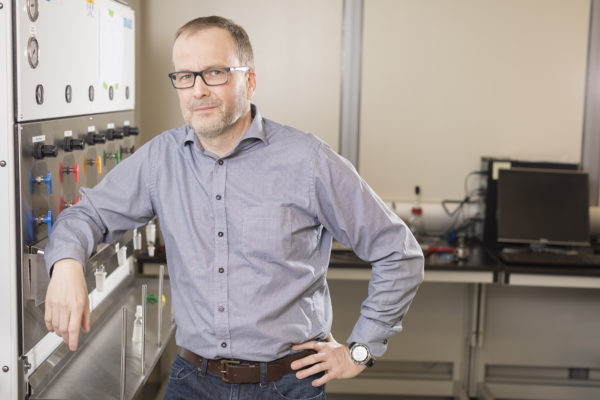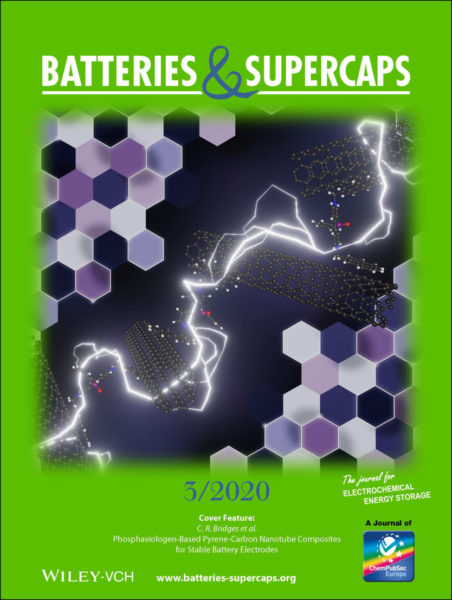Everyone breathes, and paying attention to breathing is foundational to the benefits of mindfulness meditation.
“A little-known fact,” explains Paul Ritvo, professor in the School of Kinesiology and Health Science and Department of Psychology at York University, “is that by simply breathing outwards, we experience a reliable relaxation effect.”
Breathing out stimulates the vagus nerve, which switches the autonomic nervous system into a restoration mode. The longer we take to complete an outward breath, the more we make use of these natural resources and experience calming, relaxing effects.

“The major teachings of mindfulness are simple and direct,” Ritvo continues. “We feel better when calmer – and the human body has resources that enable us to become calmer and more focused. Everyone can pay attention to breathing sensations and by doing so re-locate their attention onto the present moment.”
Ritvo has been helping members of the York community access the resources to become calmer and more focused for several years, leading several popular series of on-campus guided meditation sessions for students, faculty and staff.
While events surrounding COVID-19 have changed the nature of these sessions, Ritvo hasn’t let social distancing create isolation for those wanting mindfulness sessions for support. Online meditation sessions have replaced in-person sessions.
“Fortunately, our modern technologies permit communications without infection risks,” Ritvo says. “This is not a time to ‘hold back’ but a time to aim for unusual generosity and sensitivity to everyone we connect with.”
Ritvo is currently holding regular online group meditation sessions, that enable community members to continue to access this resilience-building tool while maintaining social distancing practices. Some are exploring mindfulness as a wellness practice for the first time.
Using Zoom to convene people interested in trying out mindfulness methods in a group format, free of charge, Ritvo is prepared to see the demand for sessions increase as members of the community adjust to the realities of teaching, learning, researching and working from home.
For Ritvo, it’s imperative to maintain this practice throughout this disruption.
“Our routines are radically disrupted. That alone can cause anxieties to arise,” he says. “On the other hand, we can find new routines and methods that are anxiety-reducing and mood-elevating. These processes exist – the challenge is to be creative and persistent in looking for what works best for you.”

Ritvo has been extolling – and employing – the benefits of using modern technology to support mindfulness throughout his academic career. Most recently, Ritvo and colleagues received a Canadian Institutes of Health Research grant to investigate online behavioural interventions for major depressive disorder, following a successful study where 60 per cent of the subjects intervened with were no longer depressed after six months of intervention.
According to Ritvo, the uncertainty brought by events like COVID-19 underscores the positive role of mindfulness in supporting well-being, especially for those with mental health challenges. “It’s very important to understand the normality of distress under current conditions. We tend to isolate and direct negative cognitions towards ourselves when distressed. We easily get carried away with future worries and negative visions.”
Mindfulness mediation provides one possible source of support in these situations.
“What’s actually helpful, whether it happens within a person or between people, is the full acceptance of the vulnerability experience – which basically involves accepting how we’re responding, moment-by-moment,” Ritvo explains. “The less we deny reality, the more we embrace reality, the more our minds generate creative solutions rather than worst-case scenarios.”
Those wishing to participate in the online mindfulness sessions can use the meeting link and Zoom ID 841-827-319.
Sessions take place:
Mondays – noon to 1 p.m., 1 p.m. to 2 p.m.
Tuesdays – 5:30 p.m. to 6:30 p.m.
Wednesdays – noon to 1 p.m., 1 p.m. to 2 p.m.
Fridays – noon to 1 p.m., 1 p.m. to 2 p.m.
The Ritvo Lab at York University studies how diseases such as cancer, HIV-AIDS, diabetes, cardiovascular disease and mental disorders can be prevented with health behaviour change, and devises the strategies, programs and methodologies for achieving such changes. The lab is working to develop a health coaching specialty at York University, integrating smartphone technology into health promotion.
By Aaron Manton, communications officer, YFile

















 “With this particular class of molecules that we’ve made, the electroactive component is very suitable for batteries as it’s very good at storing electrical charges and has good long-term stability,” he says.
“With this particular class of molecules that we’ve made, the electroactive component is very suitable for batteries as it’s very good at storing electrical charges and has good long-term stability,” he says.



